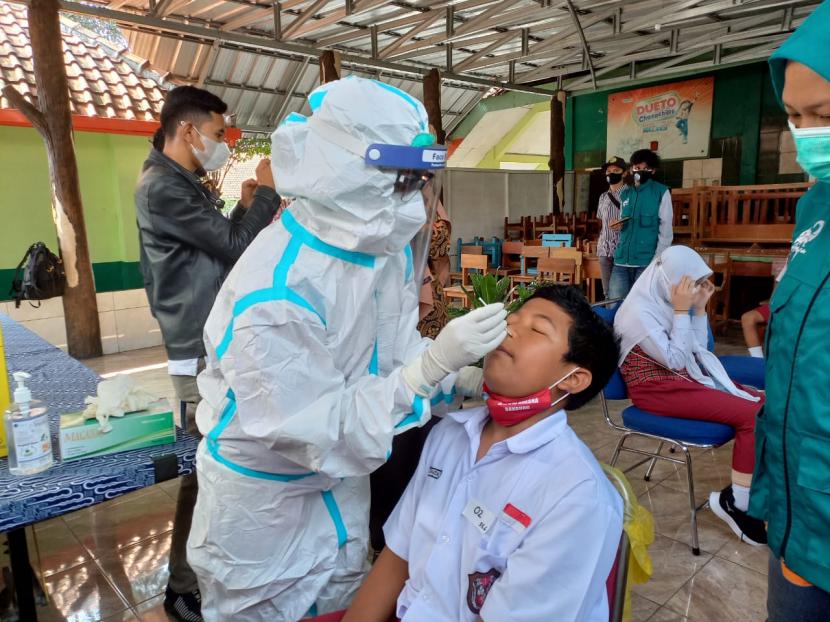Parents are asked to be aware of the symptoms of diabetes in children who have contracted Covid-19.
REPUBLIKA.CO.ID, JAKARTA — A history of being exposed to Covid-19 can make children more at risk for developing diabetes type 1 or type 2. The increased risk appears to be quite significant.
This is revealed in a recent study from the Centers for Disease Control and Prevention (CDC). According to the first data set, the risk of diabetes in children with Covid-19 appears to have increased by 2.6-fold. In the second data set, the risk of diabetes appeared to increase by 30 percent.
“In fact, a 30 percent increase is a large increase in risk,” said lead researcher and CDC researcher Sharon Saydah. WebMD, Wednesday (12/1/2022).
Saydah said the two data sets used showed different results due to different classifications regarding children affected by Covid-19. One of them uses data from children who have fallen ill due to Covid-19, the other data uses data from children who are asymptomatic but confirmed positive for Covid-19.
So far, Saydah and her team have not been able to know whether the incidence of type 2 diabetes after being exposed to Covid-19 will be a temporary or long-term health problem. The reason, the study only monitored the children involved in the study for four months.
Apart from that, Saydah assessed that these findings again highlight the importance of Covid-19 vaccination in children who are eligible to be vaccinated. In addition, it is also important for everyone to adhere to health protocols such as wearing masks and maintaining social distance, to protect young children who are not eligible to be vaccinated.
Given the increased risk of diabetes in children with Covid-19 survivors, the researchers also urge doctors, pediatricians, and parents to be aware of signs or symptoms of diabetes in children with a history of Covid-19 infection. If you find these signs or symptoms, the child should be examined further.
Some of the common symptoms of diabetes that can be experienced by children are increased thirst, urinate more often, and often feel hungry. Other signs to watch for are weight loss, abdominal pain, nausea, vomiting, and fatigue.
– .


